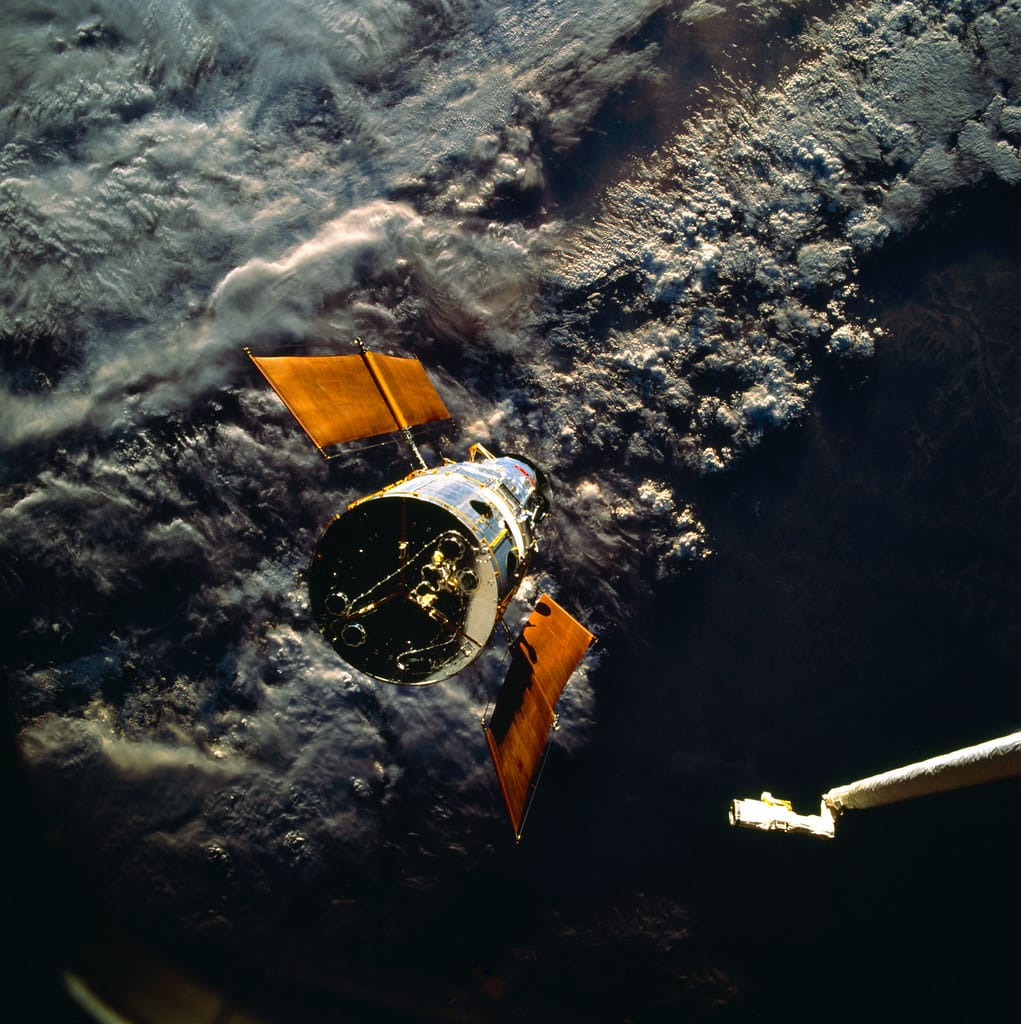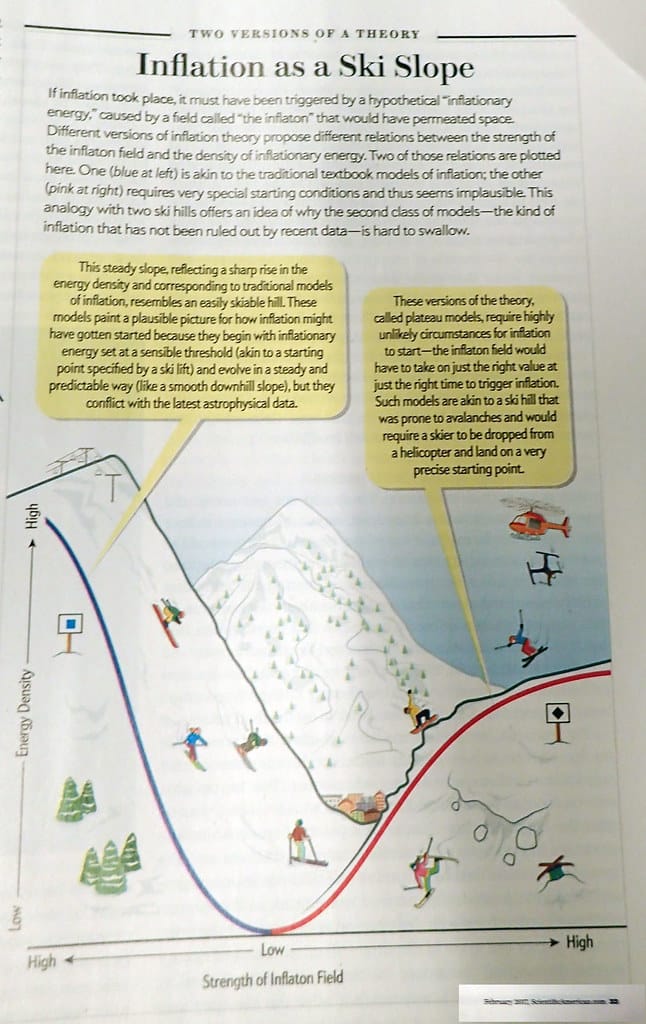Vera Rubin Space Telescope Unveils Universe's Secrets with Record-Breaking 3,200-Megapixel Camera
The cosmos just got a stunning new portrait. The Vera Rubin Observatory's Legacy Survey of Space and Time (LSST) Camera has captured its first images, delivering unprecedented detail through the largest digital camera ever built for astronomy. With 3,200 megapixels of resolution, this technological marvel is set to revolutionize our understanding of the universe's most mysterious phenomena.
A Camera Unlike Any Other
The LSST Camera represents a quantum leap in astronomical imaging technology. Standing three stories tall and weighing approximately 6,200 pounds, this engineering masterpiece houses 189 individual sensors arranged in a precisely calibrated array. To put its resolution in perspective, you would need 378 4K ultra-high-definition TV screens to display just one of its images at full resolution.
The camera's first test images, captured from the Rubin Observatory atop Cerro Pachón in Chile, showcase breathtaking detail of celestial objects. From distant galaxies billions of light-years away to nearby stellar nurseries, the images demonstrate the instrument's extraordinary capability to capture both the vast scale and intricate details of our universe.
Honoring a Pioneer of Dark Matter Discovery
Named after astronomer Vera Rubin, whose groundbreaking work provided crucial evidence for dark matter's existence, the telescope carries forward her legacy of unveiling the universe's hidden secrets. Rubin's observations of galaxy rotation curves in the 1970s revealed that galaxies contain far more mass than what we can see—a discovery that fundamentally changed our understanding of cosmic composition.
The telescope's mission aligns perfectly with Rubin's pioneering spirit, as it aims to map dark matter's distribution across the universe and investigate dark energy's mysterious accelerating effect on cosmic expansion.
Revolutionary Science on the Horizon
Mapping the Dark Universe
The Rubin Observatory's ten-year survey will create the most comprehensive map of the southern sky ever attempted. By repeatedly photographing the same regions of space, the telescope will track how dark matter structures evolve over time and measure dark energy's influence on the universe's expansion rate.
Scientists expect to catalog approximately 20 billion galaxies and 17 billion stars, creating an unprecedented census of cosmic objects. This vast dataset will enable researchers to study phenomena ranging from the formation of the first galaxies to the nature of dark energy that comprises roughly 68% of the universe.
Time-Domain Astronomy Breakthrough
Perhaps most exciting is the telescope's ability to detect transient events—cosmic phenomena that change over time. The camera will capture everything from supernovae explosions to potentially hazardous asteroids approaching Earth. With its rapid scanning capability, the observatory will generate real-time alerts for astronomical events, enabling immediate follow-up observations by other telescopes worldwide.
Technical Marvel Meets Scientific Ambition
The camera's design overcame extraordinary engineering challenges. Its focal plane must operate at -100°C (-148°F) to minimize thermal noise, while maintaining nanometer-level precision across its massive sensor array. The data processing requirements are equally staggering—the telescope will generate approximately 20 terabytes of data nightly, equivalent to taking 5 million smartphone photos every day for ten years.
Each image covers an area of sky equivalent to 40 full moons, allowing the telescope to survey the entire visible southern sky every three to four nights. This rapid cadence is crucial for detecting short-lived astronomical events and tracking objects that change position or brightness over time.
A New Era of Discovery
The first images mark the beginning of what astronomers are calling a golden age of discovery. The Rubin Observatory's unprecedented combination of survey speed, depth, and sky coverage will likely answer fundamental questions about the universe while raising entirely new ones.
From confirming Einstein's theories on cosmic scales to potentially discovering new physics beyond our current understanding, the Vera Rubin Space Telescope stands poised to write the next chapter in humanity's quest to understand our cosmic home.
As these first images demonstrate, we're witnessing the birth of a new era in astronomy—one where the universe's deepest mysteries may finally yield their secrets to human curiosity and technological ingenuity. The cosmos has never looked clearer, and the discoveries ahead promise to be as extraordinary as the instrument making them possible.

